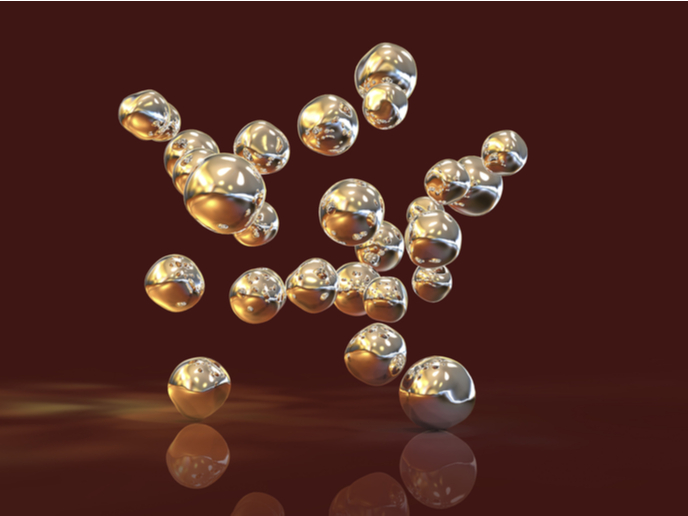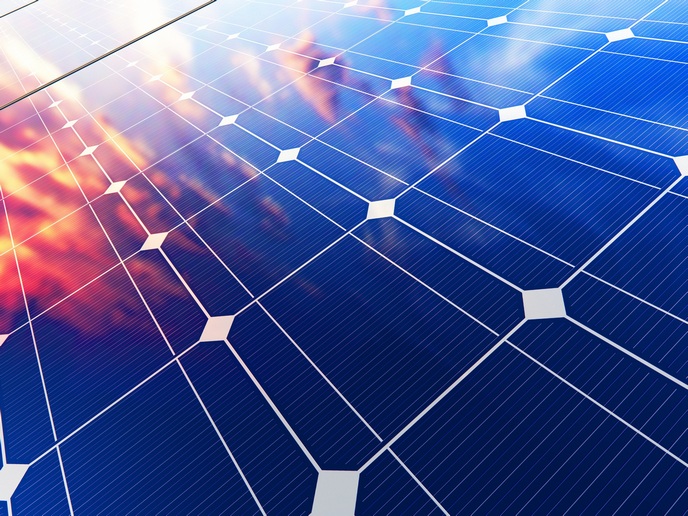Enhancing solar cell performance
Solar cell (SC) conversion efficiency relating maximum generated power to incident power is limited in part by the band gap of the SC materials. Silicon (Si) SCs currently lose more than 20 % of the incident energy. This is due to photons having energy below the SC band gap passing through the PV device without being absorbed. Scientists of the EU-funded project NANOSPEC(opens in new window) developed novel up-conversion technology. This can produce a higher energy (within the Si band gap) photon from two or more lower energy ones that would normally have been lost. An additional upconverter boosts theoretical efficiency from an already high 30 % to an amazing 40 % for normal (not concentrated) light. The project's success was based on innovations in three main areas covering the upconverter material, the second luminescent material to expand the spectral range and photonic structures for photon management. Numerous models enabling theoretical studies and simulations led to important enhancement in understanding of the underlying physics of all three. Following comprehensive investigation of various upconverter materials and doping combinations, scientists selected erbium (Er)-doped sodium yttrium fluoride (NaYF4 : 25 % Er3+) for broadband infrared excitation. The microcrystalline powder was incorporated into a transparent perfluorocyclobutyl (PFCB) matrix for integration into the upconverter SC device. Scientists also investigated luminescent materials that absorb light otherwise transmitted and then emit it in the absorption range of the upconverter. Nano-crystalline semiconductor quantum dots (NQDs) served that purpose, emitting a large percentage of absorbed photons even when embedded in PFCB. The team manufactured spectrally-selective photonic structures to help manage photons and radiation. This acted as the interface between solar energy and the NQDs and fluorescent concentrators, also separating the upconverter and the fluorescent material. The team successfully produced full SC systems with high optical efficiencies, resulting in over 20 publications in peer-reviewed scientific journals of high impact. Technology developed points to new directions in the PV market that are applicable in a wide variety of sectors including medical imaging.







